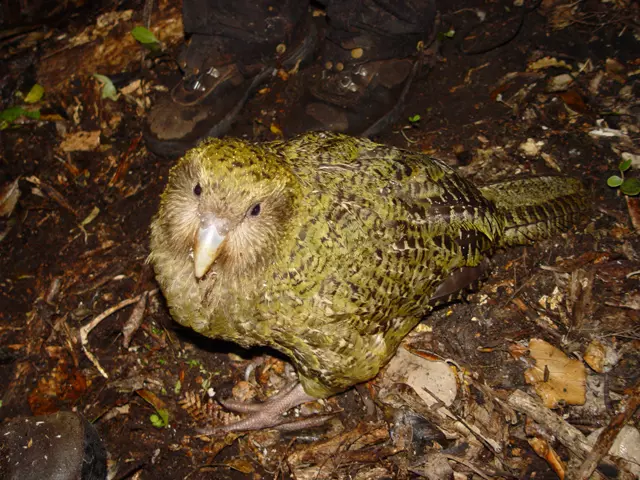

6 interesting Birds that Don’t Fly
For a number of reasons, some bird types evolved to rely on modes of transportation other than flying. These birds are no less birds than their soaring cousins, but they just see things from a different perspective—one at ground level.
Swipe through to read about birds that get around on foot.
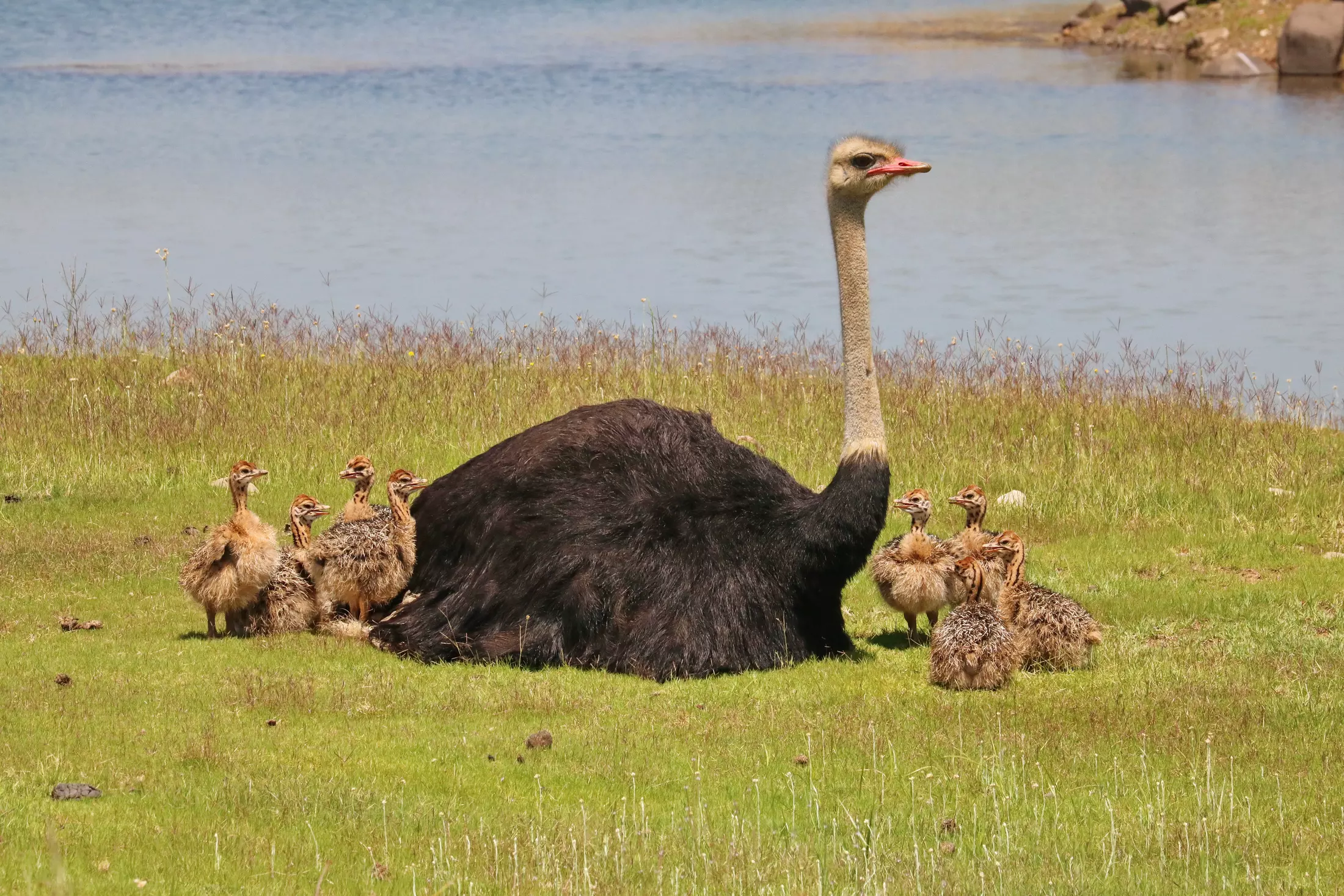
Ostriches
These superlative beasts of African savannas seem to have sacrificed the ability to fly in favor of evolving into the tallest, heaviest and fastest of all birds. It’s no surprise that ostriches also lay the largest eggs, which are over 20 times the size of the already fairly large chicken egg. Although ostrich populations are currently stable, their inability to fly makes them vulnerable to well-known African predators such as lions, cheetahs and hyenas, with only 15% of chicks surviving their first year.
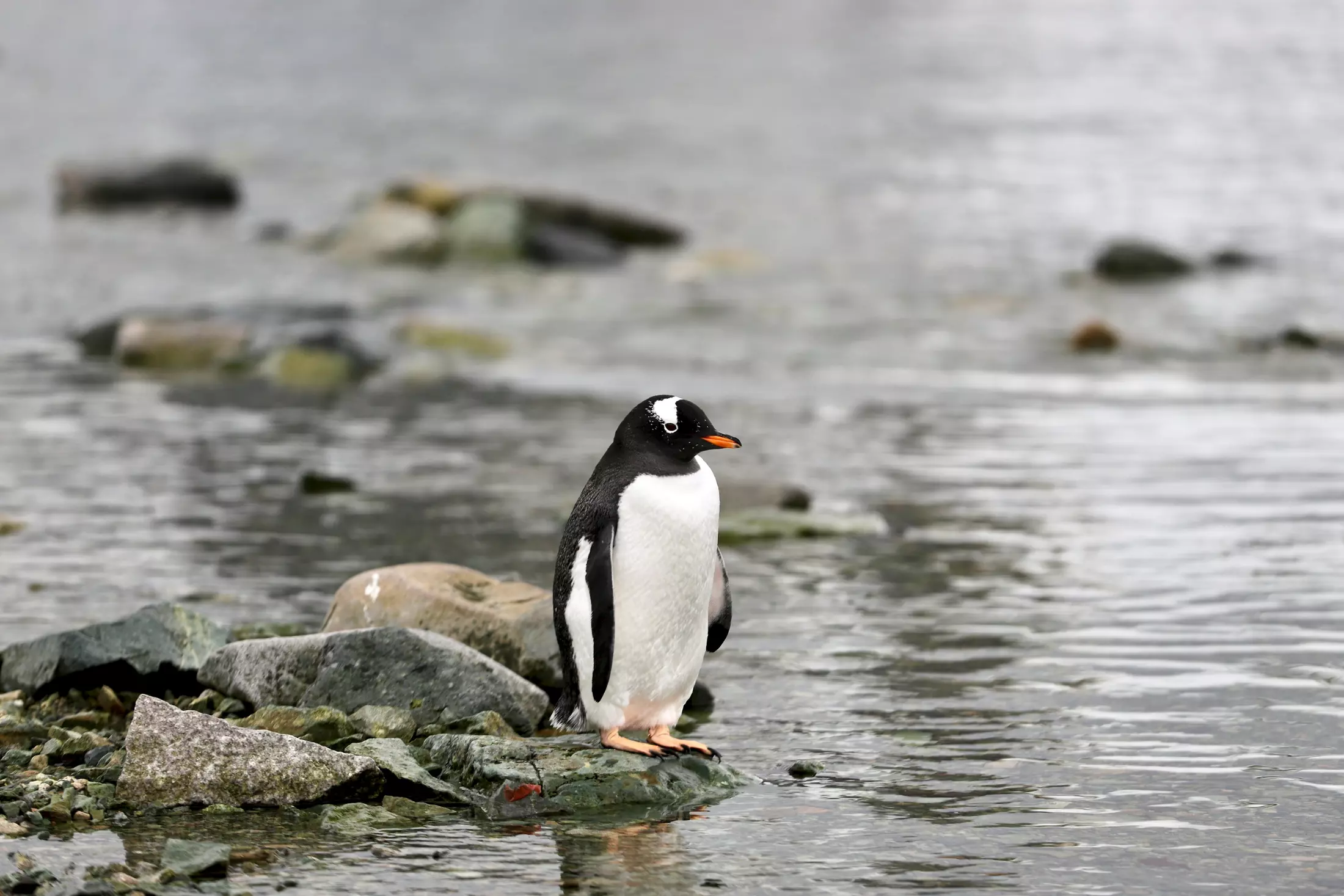
Penguins
With just one look at a penguin’s wings, which are adapted into stubby flippers for swimming, it’s easy to see why these birds cannot fly. Alas, these southern-hemisphere predators spend roughly half their lives in the water feeding on fish, squid and krill. Penguins vary greatly in size, from the familiar Emperor Penguin of the Antarctic, which stands over three and a half feet tall on average, to the aptly named little penguins found in Australia and New Zealand, which only reach about one foot in height.
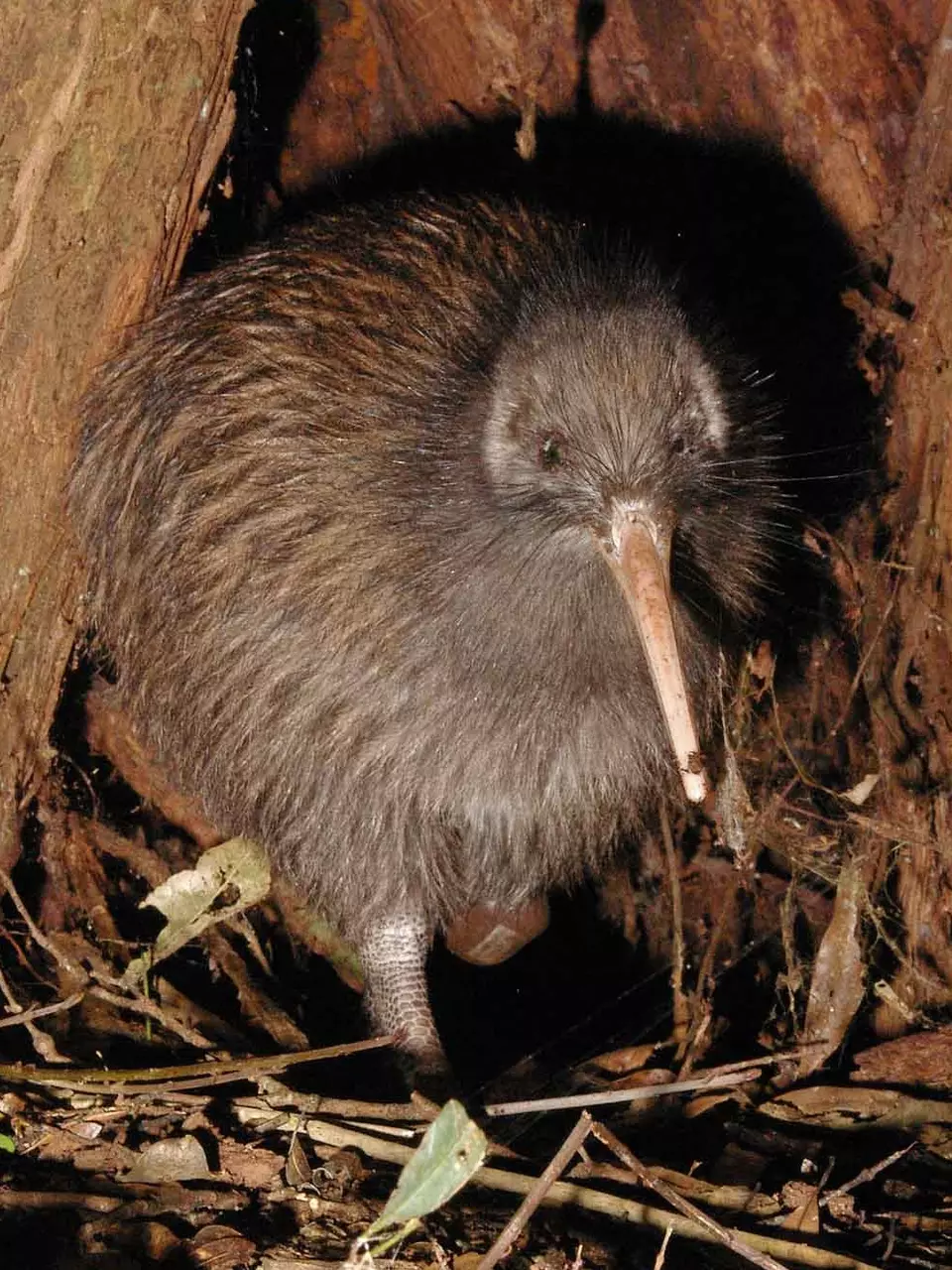
Kiwis
The five species that make up this secretive group of flightless birds have become so closely associated with New Zealand (where they are endemic) that citizens are often called kiwis too. As nocturnal insectivores, kiwis have evolved to use the nostrils at the end of their long beaks to sniff out prey before they even lay eyes on it. Like many island-restricted species, all kiwis face conservation concerns thanks to habitat loss and introduced predators like house cats.
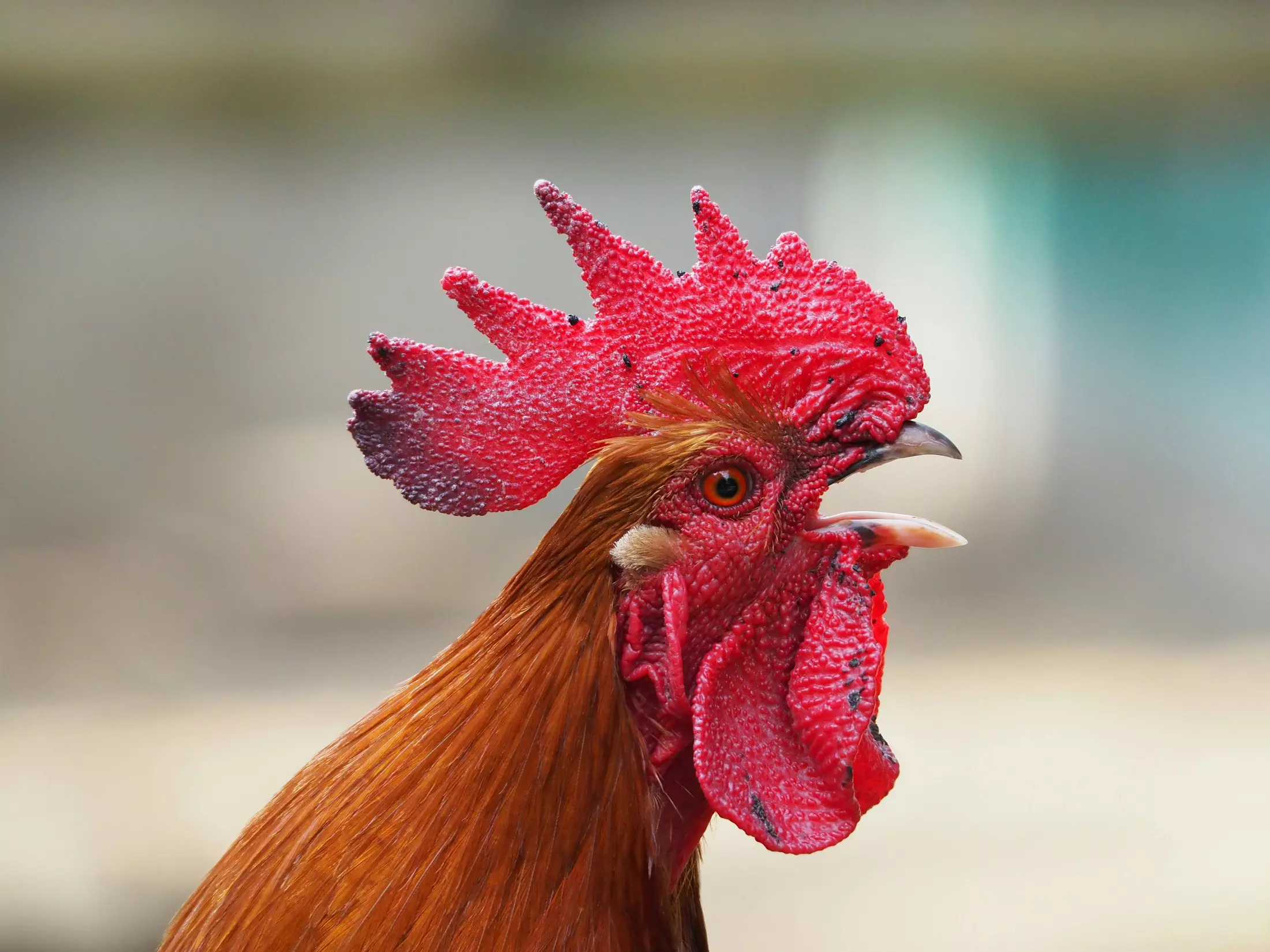
Domestic Chickens
Unlike the wild red junglefowl from which domesticated chickens have descended, these plump birds are only capable of flying for brief durations after being selectively bred for poultry and eggs. It’s because of those industries that chickens are the most numerous birds on the planet, with a global population of roughly 25 billion. Chickens have been domesticated for approximately 8,000 years, and there now exist hundreds of distinct breeds.
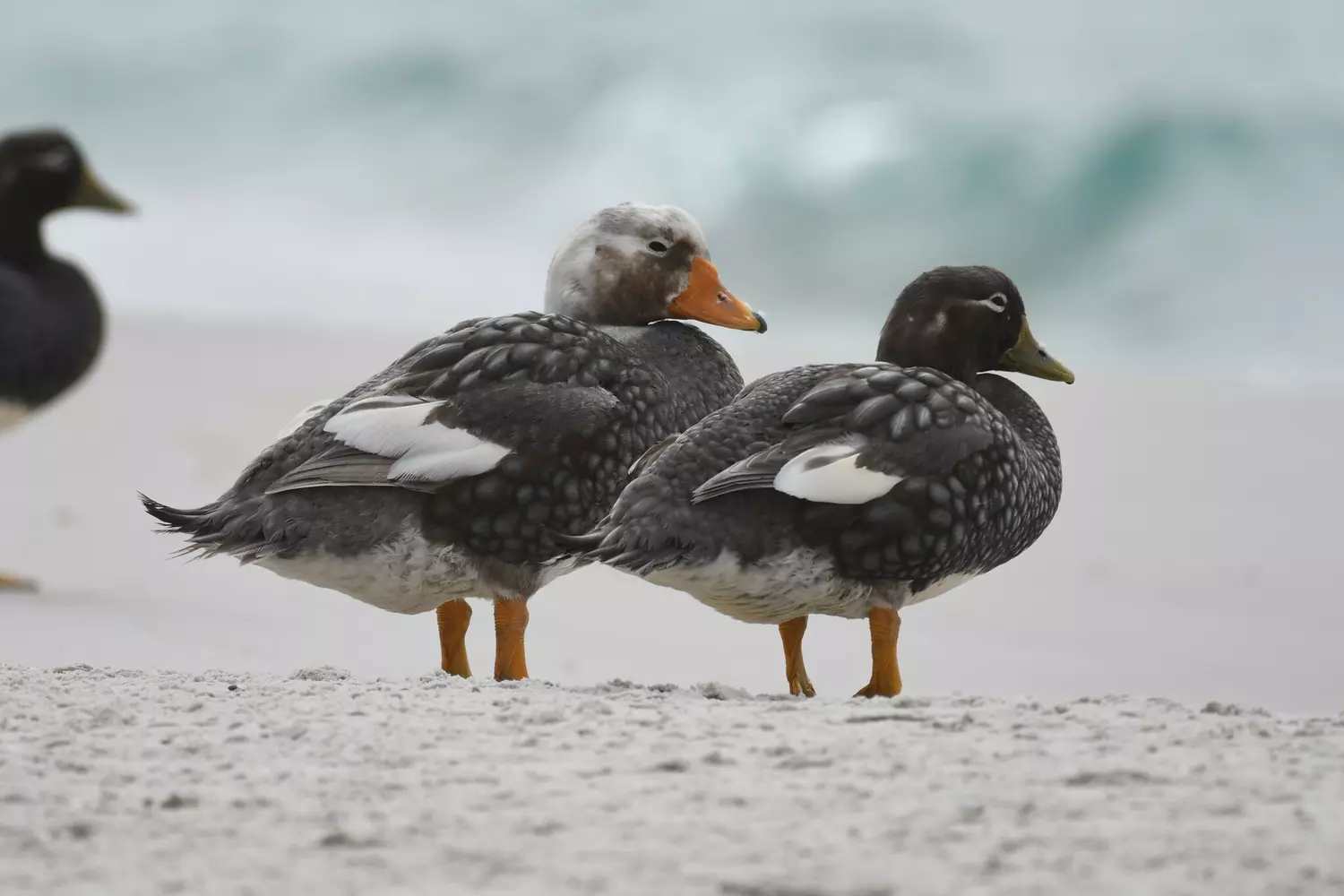
Steamer Ducks
Ducks are not a group of birds frequently associated with flightlessness, but steamers are uncommon in this regard. Found in the southern end of South America, these four species are also noted for their aggressive behavior towards other birds competing for food in their habitat. The ducks’ habit of sometimes using their wings for propulsion in water is reminiscent of a paddle steamer boat, giving them their name.

Kākāpō
Another bird found exclusively in New Zealand, the kākāpō is a uniquely terrestrial parrot with muted green plumage and an inquisitive personality. It features heavily in Māori mythology and culture and its name roughly translates to night parrot, which is fitting given its oddly nocturnal behavior. This bird is great at climbing trees and parachuting down using its wings, but its too heavy to fly. Unfortunately, kākāpōs are now critically endangered, with fewer than 300 individuals restricted to protected ranges.